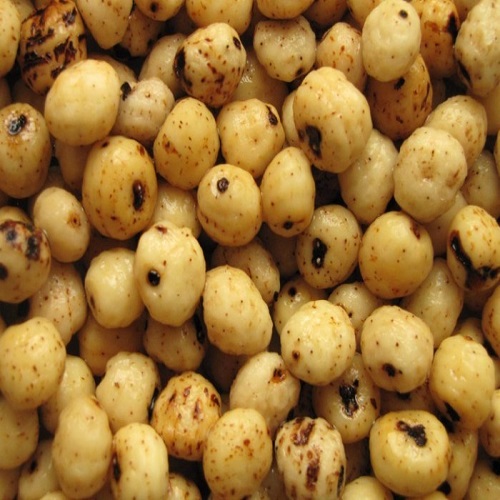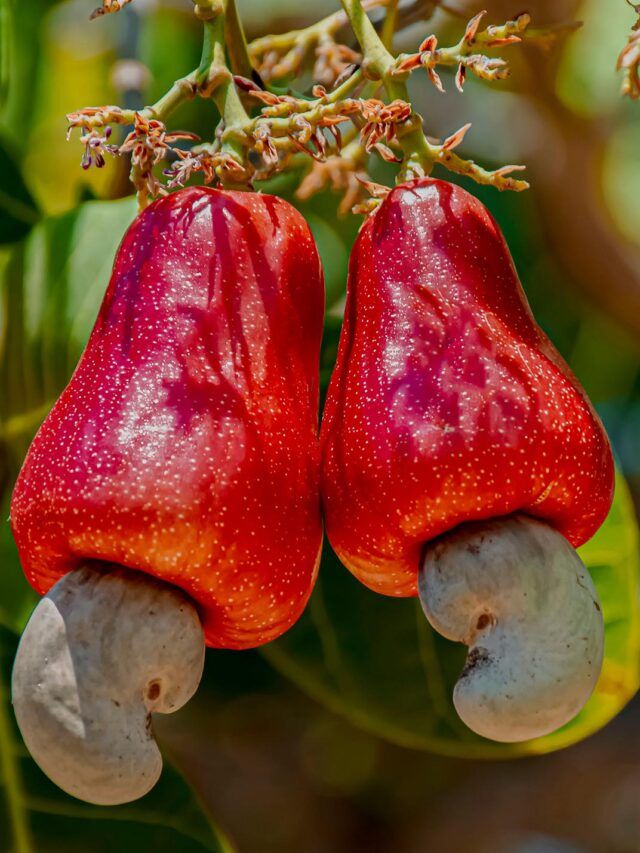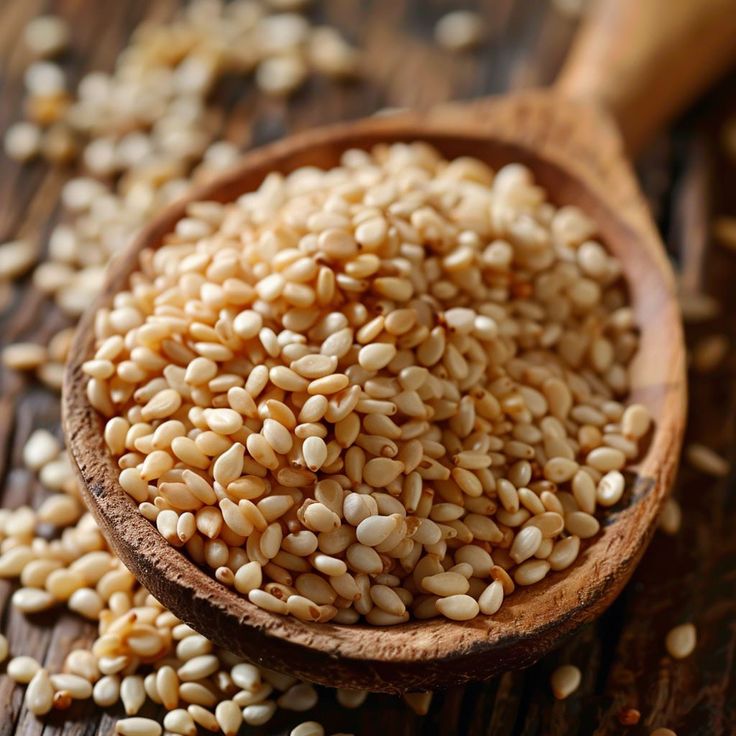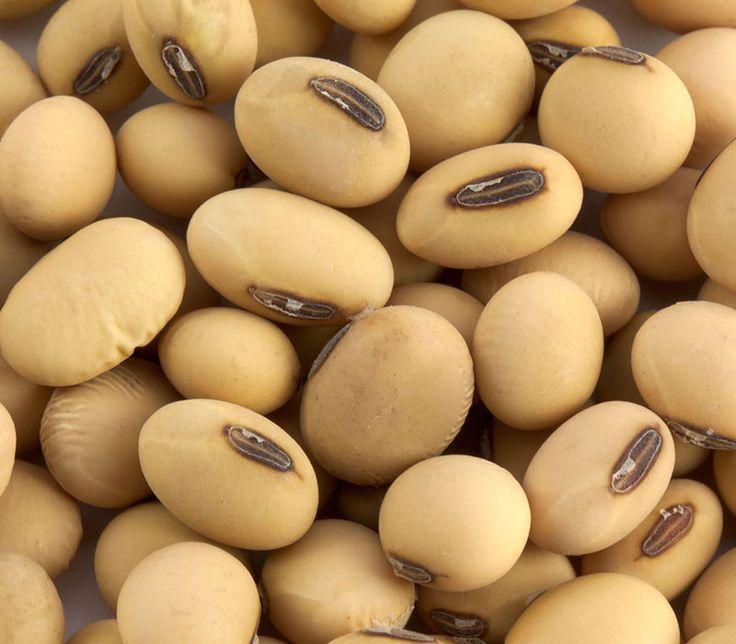Tiger nut (also known as Cyperus esculentus) is a small, nutrient-dense tuber celebrated for its sweet, nutty flavor and impressive health benefits. Despite its name, tiger nut is not a nut but an edible root, making it suitable for nut-free diets.
Rich in fiber, healthy fats, vitamins, and minerals, tiger nut is consumed globally as a healthy snack, plant-based milk ingredient, gluten-free flour source, and natural sweetener. The growing demand for vegan, gluten-free, and functional foods has significantly boosted tiger nut’s popularity in the health and wellness markets.

Why Tiger Nut is in High Demand
-
Nutrient-Rich – High in fiber, potassium, magnesium, and antioxidants.
-
Gluten-Free & Allergen-Free – Safe for people with nut allergies or gluten intolerance.
-
Multiple Uses – Eaten raw, roasted, made into tiger nut milk (horchata), or processed into flour.
-
Natural Sweetener – Its natural sugars make it a healthy alternative to processed sugar.
-
Shelf Stability – Long storage life when dried and packaged properly.
Popular Export Forms
-
Fresh Tiger Nuts – For direct consumption or milk production.
-
Dried Tiger Nuts – For snacks and flour production.
-
Tiger Nut Flour – For baking, smoothies, and gluten-free recipes.
-
Tiger Nut Oil – For culinary and cosmetic use.
-
Tiger Nut Milk (Horchata) – Popular plant-based beverage in Europe and the Middle East.
Major Importing Markets
-
Europe – Spain, UK, Germany, Netherlands (large horchata and gluten-free market).
-
North America – USA, Canada (health food stores, vegan restaurants).
-
Middle East – UAE, Qatar, Saudi Arabia (healthy snacks and plant-based drinks).
-
Asia – Japan, South Korea (functional food market).

Export Processing Steps
-
Harvesting – Mature tubers are carefully dug up to avoid damage.
-
Washing & Sorting – Removing soil, debris, and damaged tubers.
-
Drying – Sun-drying or mechanical drying to reduce moisture content.
-
Grading – Based on size, color, and intended use.
-
Packaging – In airtight bags or cartons to preserve freshness.
Quality Standards & Export Requirements
-
Moisture Content – Below 10% for dried tiger nuts.
-
No Foreign Matter – Free from stones, sand, and debris.
-
Uniform Size & Color – For premium market appeal.
-
Organic Certification – Highly valued in health-conscious markets.
-
Compliance with Food Safety Regulations – Such as HACCP, ISO, or FDA (depending on destination).

Why Tiger Nut Export is Profitable
-
Rising Demand in Vegan & Gluten-Free Markets – Driven by health trends.
-
Multiple Product Lines – One raw material can be processed into various products.
-
Premium Pricing – Especially for organic and large-sized tubers.
IMEN GREEN GLOBAL LIMITED Advantage
We export high-quality tiger nuts that are carefully cleaned, graded, and packaged for global distribution.
We offer:
-
Fresh, Dried, and Processed Tiger Nut Products.
-
Custom Packaging for Retail & Bulk Buyers.
-
Organic and Non-GMO Certification Options.
-
Reliable Logistics & Timely Delivery.
Conclusion:
Tiger nut is a high-value, health-oriented commodity with a growing global market, especially in the health food, beverage, and functional ingredient sectors. Exporters who ensure consistent quality and professional packaging can secure strong, long-term customer relationships in premium markets.







